Growing Focus on Miniaturization
The Ion Milling System Market is significantly impacted by the growing focus on miniaturization across various technological sectors. As devices become smaller and more compact, the need for precise manufacturing techniques becomes critical. Ion milling systems offer the capability to achieve the fine tolerances required for miniaturized components, making them indispensable in industries such as consumer electronics and telecommunications. The trend towards miniaturization is likely to continue, with projections suggesting that the market for compact devices will expand. This ongoing demand for smaller, more efficient products is expected to drive the adoption of ion milling systems, further solidifying their role in modern manufacturing.
Rising Demand for Advanced Materials
The Ion Milling System Market is significantly influenced by the increasing demand for advanced materials across various sectors. Industries such as aerospace, automotive, and electronics are seeking materials that offer superior performance and durability. Ion milling systems facilitate the precise fabrication of these advanced materials, enabling manufacturers to meet stringent quality standards. The market for advanced materials is expected to witness considerable growth, with projections indicating a compound annual growth rate that reflects the escalating need for innovative solutions. This growing demand is likely to propel the ion milling systems market, as manufacturers invest in technologies that enhance material properties.
Increasing Adoption in Nanotechnology
The Ion Milling System Market is experiencing a notable increase in adoption due to the rising applications in nanotechnology. As industries seek to develop smaller and more efficient components, ion milling systems provide the precision required for nanoscale fabrication. This trend is particularly evident in sectors such as electronics and materials science, where the demand for nanoscale structures is surging. The market for nanotechnology is projected to reach substantial figures, indicating a robust growth trajectory. Consequently, the integration of ion milling systems into nanotechnology processes is likely to enhance production capabilities and efficiency, thereby driving the overall market forward.
Expansion of Semiconductor Manufacturing
The Ion Milling System Market is closely tied to the expansion of semiconductor manufacturing. As the semiconductor industry continues to evolve, the need for advanced fabrication techniques becomes paramount. Ion milling systems play a crucial role in the production of semiconductor devices, allowing for the precise etching and patterning required in modern chips. With the semiconductor market projected to reach unprecedented levels, the demand for ion milling systems is expected to rise correspondingly. This expansion is driven by the increasing complexity of semiconductor designs and the need for higher performance, positioning ion milling systems as essential tools in the manufacturing process.
Increased Investment in Research and Development
The Ion Milling System Market is benefiting from increased investment in research and development across various fields. As organizations strive to innovate and develop new technologies, the need for advanced fabrication techniques becomes evident. Ion milling systems are integral to R&D efforts, providing the precision and control necessary for experimental processes. The trend of heightened investment in R&D is likely to continue, with many sectors recognizing the importance of advanced manufacturing technologies. This focus on innovation is expected to drive the demand for ion milling systems, as researchers and developers seek to leverage these tools to push the boundaries of technology.


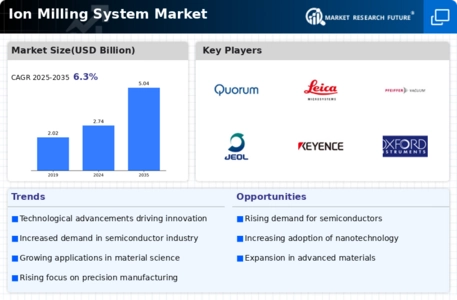
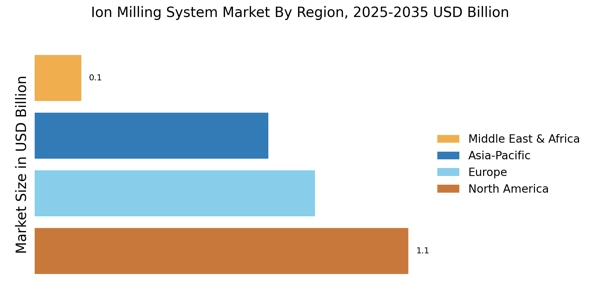

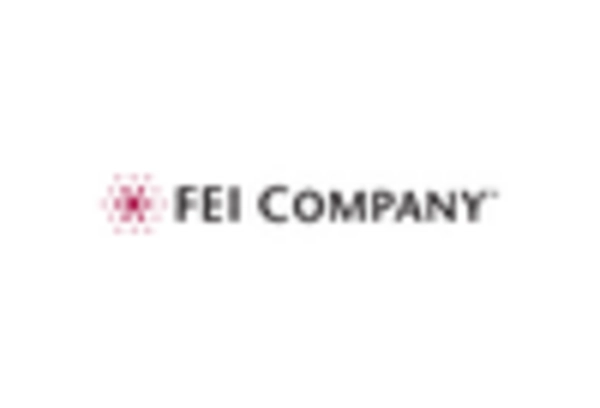

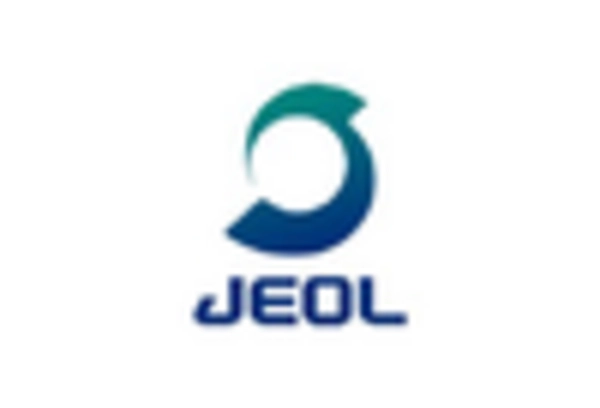
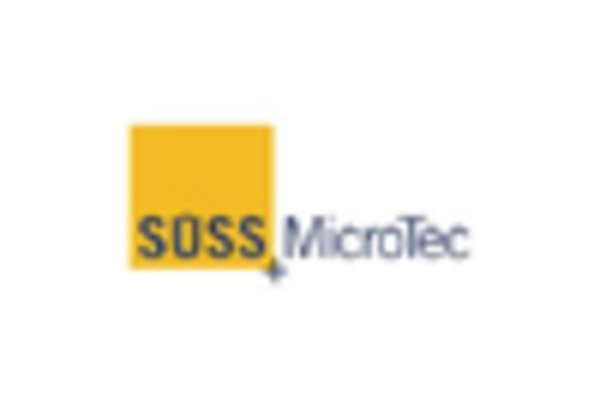









Leave a Comment